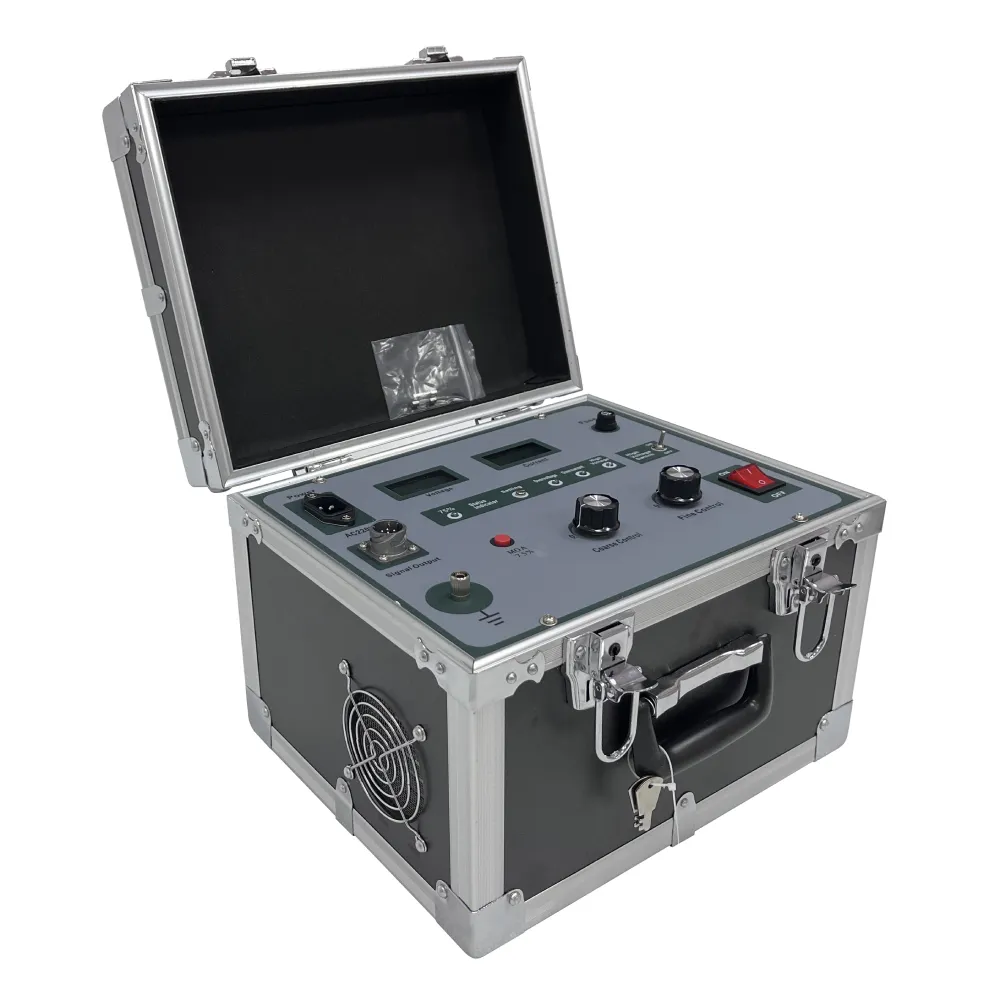 English
English


generation of ac current
Generation of AC Current Principles and Applications
Alternating Current (AC) electricity plays a critical role in the modern world, powering our homes, industries, and a variety of electronic devices. Unlike Direct Current (DC), where the flow of electric charge is unidirectional, AC current periodically reverses direction. This unique characteristic is the foundation for various electrical generation methods, transmission systems, and applications. In this article, we will explore the principles of AC current generation, its advantages over DC, and its widespread applications.
Principles of AC Generation
The generation of AC current primarily involves electromagnetic induction, a principle discovered by Michael Faraday in the 19th century. According to Faraday's law, a changing magnetic field within a closed loop induces an electromotive force (EMF) in the conductor. This principle forms the basis for how AC generators, commonly known as alternators, operate.
An alternator consists of two main components the rotor (the rotating part) and the stator (the stationary part). As the rotor spins within a magnetic field, it induces a flow of electric current in the stator coils. The rotation can be powered by various means, including steam turbines, gas turbines, or water turbines in hydroelectric dams. The frequency of the AC produced is determined by the speed of the rotor's rotation and the number of magnetic poles involved.
Advantages of AC Over DC
One of the primary reasons AC has become the standard form of electricity for power transmission is its efficiency and practicality compared to DC. Some key advantages of AC include
1. Transformability AC voltage levels can be easily transformed using transformers. This allows for efficient transmission of electricity over long distances by stepping up the voltage to reduce energy loss as heat in transmission lines.
2. Reduced Energy Loss AC systems can operate at higher voltages, enabling electrical energy to be transmitted over long distances with minimal power loss. This is particularly important in large power grids that span vast geographical areas.
3. Simplicity of Circuit Design AC systems allow for simpler circuit designs in many applications. Motors and generators can be designed to operate directly with AC, and devices like inductors and capacitors can be easily incorporated into circuits.
generation of ac current

4. Universal Applications AC can efficiently power a wide variety of devices, from household appliances to industrial machines. Many electrical appliances are designed to utilize AC directly, eliminating the need for complex conversions.
Applications of AC Current
The applications of AC are vast and integral to modern society. Some notable uses include
1. Power Distribution AC is the backbone of power distribution networks. High-voltage AC transmission lines transport electricity from power plants to substations, where it is transformed into lower voltages for safe distribution to homes and businesses.
2. Electric Motors Many electric motors, particularly those used in households and industry, operate on AC. These motors are widely used in fans, refrigerators, washing machines, and industrial machinery due to their efficiency and durability.
3. Lighting Systems Most lighting systems in residential and commercial buildings are designed to use AC. From incandescent bulbs to fluorescent and LED technologies, the ubiquitous nature of AC powers our environments.
4. Consumer Electronics Many consumer electronics—such as televisions, computers, and audio systems—are designed to operate on AC power. These devices often incorporate internal power supplies that convert AC into the required DC for operation.
5. Emergency Power Systems AC generators (or alternators) are vital in backup power systems. They ensure that essential services and systems remain operational during power outages, particularly in hospitals and critical infrastructure.
Conclusion
The generation of alternating current is a fundamental aspect of modern electrical engineering that enables the efficient transmission and usage of electricity. Through the principles of electromagnetic induction, AC generators produce a versatile and easily transportable form of energy. As we continue to advance technologically, the importance of AC remains steadfast, supporting an increasingly interconnected and electrified world. Understanding the mechanisms and applications of AC current is essential for harnessing its full potential in our daily lives and future innovations.
-
Differences between open cup flash point tester and closed cup flash point testerNewsOct.31,2024
-
The Reliable Load Tap ChangerNewsOct.23,2024
-
The Essential Guide to Hipot TestersNewsOct.23,2024
-
The Digital Insulation TesterNewsOct.23,2024
-
The Best Earth Loop Impedance Tester for SaleNewsOct.23,2024
-
Tan Delta Tester--The Essential Tool for Electrical Insulation TestingNewsOct.23,2024





